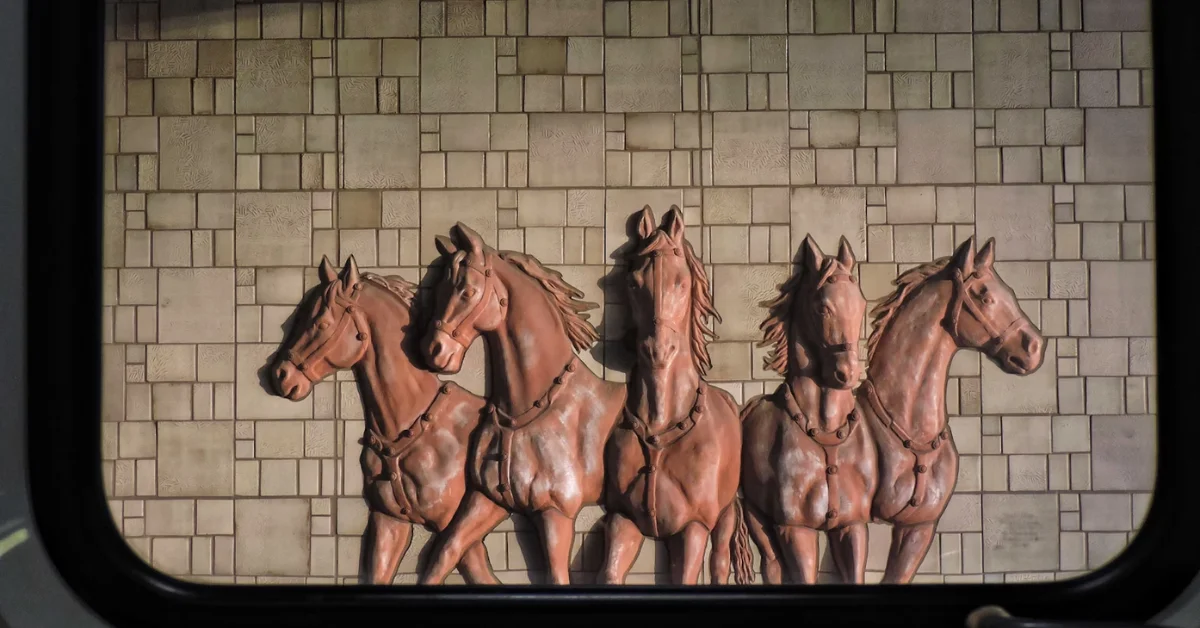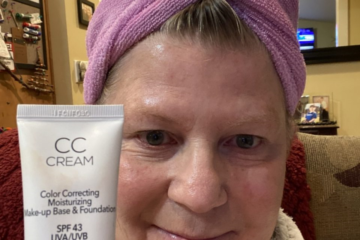Horses have been a symbol of power, grace, and beauty throughout history. They have captivated the hearts of artists for centuries, inspiring some of the most famous and enduring oil paintings in the art world. In this article, we will explore 18 iconic oil paintings of horses, each showcasing the unique charm and allure of these magnificent creatures.
From the ancient cave paintings of horses on the walls of Lascaux to the contemporary works of art that continue to celebrate these noble animals, horses have maintained their status as artistic muses. Their elegance and strength have been a source of inspiration for artists across different cultures and periods, leading to a rich and diverse collection of equine-themed masterpieces.
Famous Oil Paintings of Horses: Among the pantheon of renowned artworks, horse-themed oil paintings have left an indelible mark. The allure of these magnificent creatures, with their strength, elegance, and untamed spirit, has been captured by artists from various genres and eras. These famous oil paintings of horses serve as a testament to the enduring fascination with these equine wonders.
One cannot help but marvel at the sheer diversity of styles and interpretations that these masterpieces offer. From the regal depictions of emperors astride their noble steeds to the dynamic scenes of bustling horse fairs and dramatic confrontations, each painting reveals a unique facet of the horse’s beauty and significance in human culture. Through the stroke of a brush, these artists have immortalized not only the physicality of horses but also the emotions and stories they evoke, leaving a lasting legacy in the world of art.
“Whistlejacket” by George Stubbs:
“Whistlejacket” is one of the most famous equestrian portraits in art history. Painted by George Stubbs in 1762, this life-sized masterpiece depicts a powerful and spirited Arabian stallion in all its glory.
“Napoleon Crossing the Alps” by Jacques-Louis David:
Jacques-Louis David’s epic portrayal of Napoleon Bonaparte on horseback during his campaign in 1800 is a striking example of the use of horses as symbols of power and conquest in art.
“The Horse Fair” by Rosa Bonheur:
Rosa Bonheur’s “The Horse Fair” is a remarkable example of realism in equine art. This massive canvas captures the energy and chaos of a bustling horse market in 19th-century France.
“Equestrian Portrait of Charles I” by Anthony van Dyck:
Anthony van Dyck’s regal portrayal of King Charles I on horseback is a masterpiece of royal portraiture, showcasing both the monarch’s authority and the beauty of his steed.
“The Horse in Motion” by Eadweard Muybridge:
While not a traditional oil painting, Eadweard Muybridge’s groundbreaking series of photographs depicting a horse in motion revolutionized the way artists and scientists understood horse anatomy and movement.
“Horse Frightened by Lightning” by Eugène Delacroix:
Delacroix’s “Horse Frightened by Lightning” is a dramatic and emotionally charged portrayal of a horse amid a terrifying storm, showcasing the artist’s mastery of color and movement.
“Horse Attacked by a Jaguar” by Henri Rousseau:
Henri Rousseau’s “Horse Attacked by a Jaguar” is a dreamlike and fantastical depiction of a horse’s struggle for survival in the jungle, blending the realms of fantasy and reality.
“The Anatomy of a Horse” by George Stubbs:
Stubbs’ dedication to equine anatomy is evident in “The Anatomy of a Horse,” a detailed and precise study of a horse’s internal structure, showcasing his commitment to scientific accuracy in art.
“St. George and the Dragon” by Raphael:
Raphael’s timeless masterpiece depicts St. George, the patron saint of horses, as he valiantly slays a dragon, emphasizing the connection between horses and chivalry in medieval art.
“The Horse Tamer” by Rosa Bonheur:
Rosa Bonheur’s “The Horse Tamer” showcases her exceptional ability to capture the muscular power and grace of horses, portraying a young man subduing a spirited stallion.
“The Horse Fair” by Jean-Leon Gerome:
Jean-Leon Gerome’s interpretation of “The Horse Fair” is a magnificent display of Orientalism, blending Eastern and Western cultures in a mesmerizing depiction of an Arabian horse market.
“Horse and Rider” by Edgar Degas:
Degas, primarily known for his ballet dancers, also ventured into equine art with “Horse and Rider.” This work conveys the intimacy between horse and rider, emphasizing their connection.
“Portrait of Emperor Charles V on Horseback” by Titian:
Titian’s portrayal of Emperor Charles V on horseback is a testament to the grandeur of the Renaissance era, with the emperor and his noble steed embodying power and majesty.
“Bronco Buster” by Frederic Remington:
Frederic Remington’s “Bronco Buster” captures the spirit of the American West, depicting a cowboy triumphantly subduing a bucking bronco in bronze sculpture.
“The Horsewoman” by Edouard Manet:
Edouard Manet’s “The Horsewoman” is an elegant portrait of a woman on horseback, showcasing his mastery of light and shadow and his ability to capture a fleeting moment.
“Alexander the Great and Bucephalus” by Jean-Joseph Benjamin-Constant:
This romanticized depiction of Alexander the Great and his beloved horse, Bucephalus, highlights the legendary bond between the conqueror and his trusted companion.
“Riders on the Beach” by Joaquin Sorolla:
Joaquin Sorolla’s “Riders on the Beach” is a luminous and vibrant portrayal of horseback riders at the seashore, capturing the beauty of both horses and their natural surroundings.
“The Horse at the Brook” by Theodore Gericault:
Gericault’s “The Horse at the Brook” is a poignant and emotional representation of a weary horse drinking from a stream, reflecting the artist’s compassion for these magnificent creatures.
Conclusion:
These iconic oil paintings of horses have not only immortalized the beauty and power of these animals but also highlighted their cultural significance in art and history. From regal portraits to scenes of chaos and serenity, these artworks continue to inspire and captivate art enthusiasts worldwide, reminding us of the enduring fascination with these majestic creatures.



